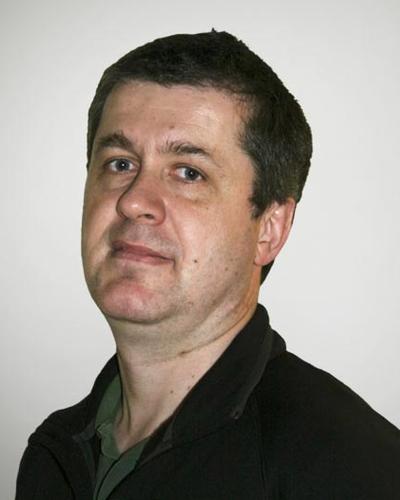Monitoring of CO2 Saturation in Faults Using Joint Inversion of Seismic and Gravity Data
This Master's project was designed for Christiane Gjertsen who started her Master's program in Earth Sciences, UiB, in the fall semester 2023. The Master's project is given by the research group Geophysics.
Hovedinnhold
Project description
Motivation (background):
Subsurface storage of CO2 has been proposed to mitigate the effects of climate change. Doing this in a reliable manner is important but challenging. In particular, it no leakage from the reservoir into the overburden should occur. A first requirement is that the subsurface structure both of the reservoir and overburden needs to be known before injection. This is typically done using seismic acquisition and processing. Then, once the injection has started, the acquisition and processing needs to be repeated regularly, to monitor movement of the CO2 in the reservoir and, possibly, overburden. Monitoring of the CO2 is especially challenging if there is a possibility of leakage into nearby faults. As the CO2 injection is expected to increase density contrasts in the subsurface, it is reasonable to expect that gravity measurements will increase the reliability of the monitoring. The goal of this project is to combine gravity and seismic measurements using elastic inversion.
Hypothesis (scientific problem):
Determination of the Earth’s subsurface structure on a local or regional scale (from tens of meters to hundreds ofkilometers) is best done using seismics. However, this is challenging, both from an acquisition and processing point of view and there is still considerable room for improvement, especially in the processing. Because of computational limitations, in practice most of the processing is done using acoustic wave propagation. It is clear however, that much better results, in principle, will be obtained if instead elastic wave propagation is used, especially in the final imaging or full waveform inversion step. One of the drawbacks of elastic imaging/inversion is that there is a trade-off between the various parameters (density and, in the case of an elastic isotropic medium, P- and S-velocities). Some attempts have been made to reduce the effect of this trade-off, also called ’cross-talk’, but the results are not optimal. Gravity measurements only depend on density. Therefore, joint inversion of the gravity and seismic data should help reduce the cross-talk effects.
Test (work):
In this thesis joint inversion of synthetic gravity and seismic data obtained from a Smeaheia model, will be done with the goal of improving monitoring of subsurface CO2 storage. The Smeaheia model will be built using existing well logs and previous studies of the area. Once the model is obtained, time-lapse models will be created. These include models with CO2 leakage into the fault. This will enable the computation of synthetic seismic and gravity data for these models. Joint inversion of the gravity and seismic data can then be done, first on simple models and then on the Smeaheia model. The inversion of the seismic data will be done using a full waveform inversion algorithm. The inversion will focus on how the quality and amount of gravity data decrease the cross-talk and also on the resolution estimates of the various parameters and how much the joint inversion increases the resolution.
Proposed course plan during the master's degree (60 ECTS):
GEOV300, GEOV274, MAT212, GEOV277, AG335, GEOV375, GEOV352
